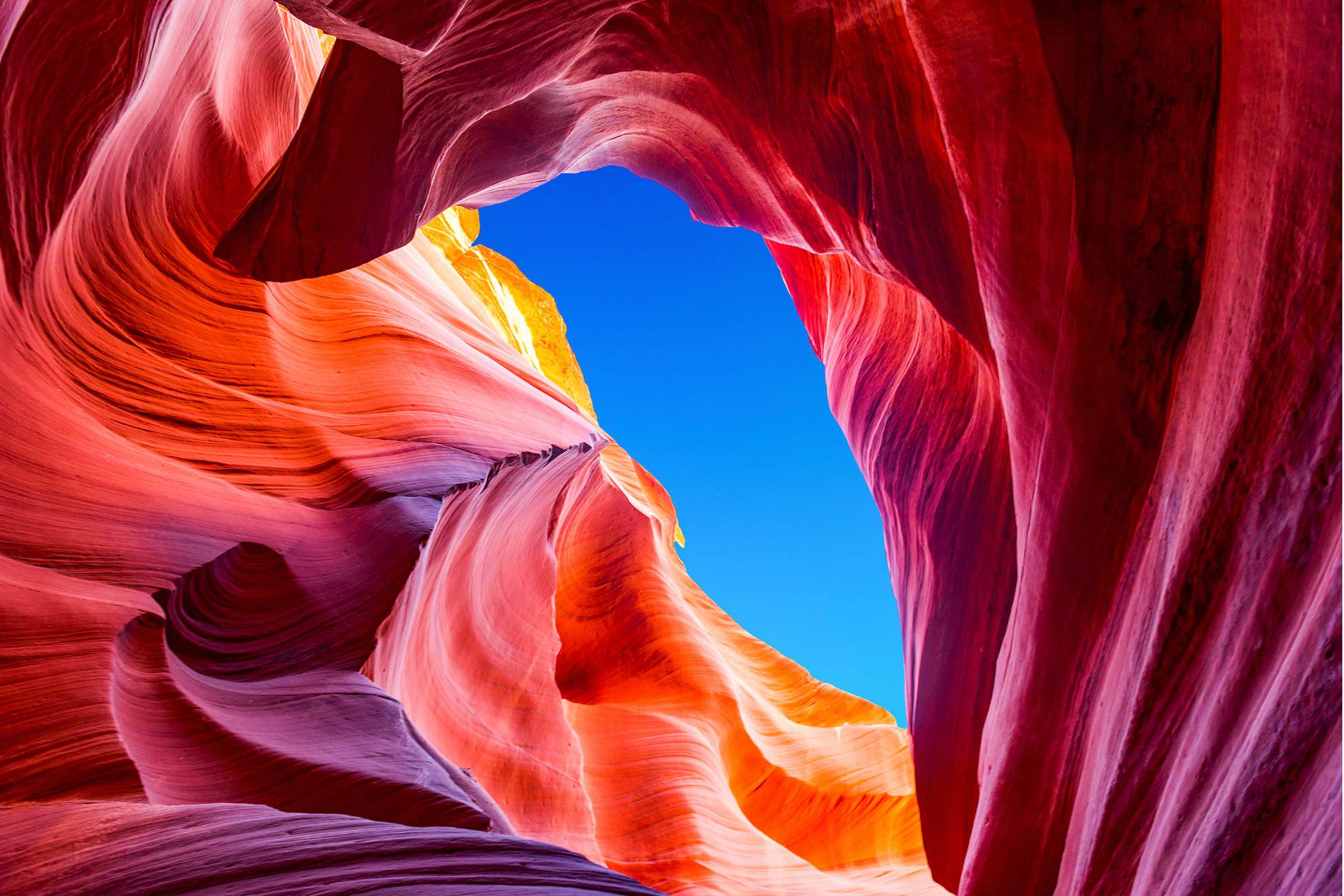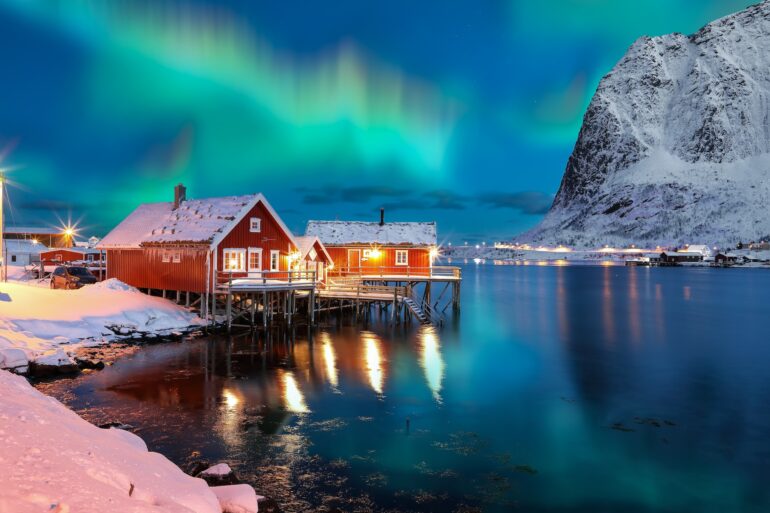Here’s the first in our series of Best Destinations.
Last year, 2022, was a watershed year for travel with most countries lifting their pandemic restrictions. A total of 917 million tourists traveled internationally in 2022—still lower than 2019’s 1.5 billion but double 2021’s 415 million.
We’re back to calmly planning trips to places we’ve always wanted to visit instead of just going where borders are open.
Looking for places to visit for next year? What about a summer in Europe or Northern America? What about a shorter trip around Asia’s best beach and island getaways?
This starts our series of Best Destinations—for travelers looking for outdoor adventures, city escapes, art and culture, beach and food destinations, and everything in between.
Mark your calendars and dust off your suitcases! Here are our top picks for outdoor and architecture lovers.
The Great Outdoors
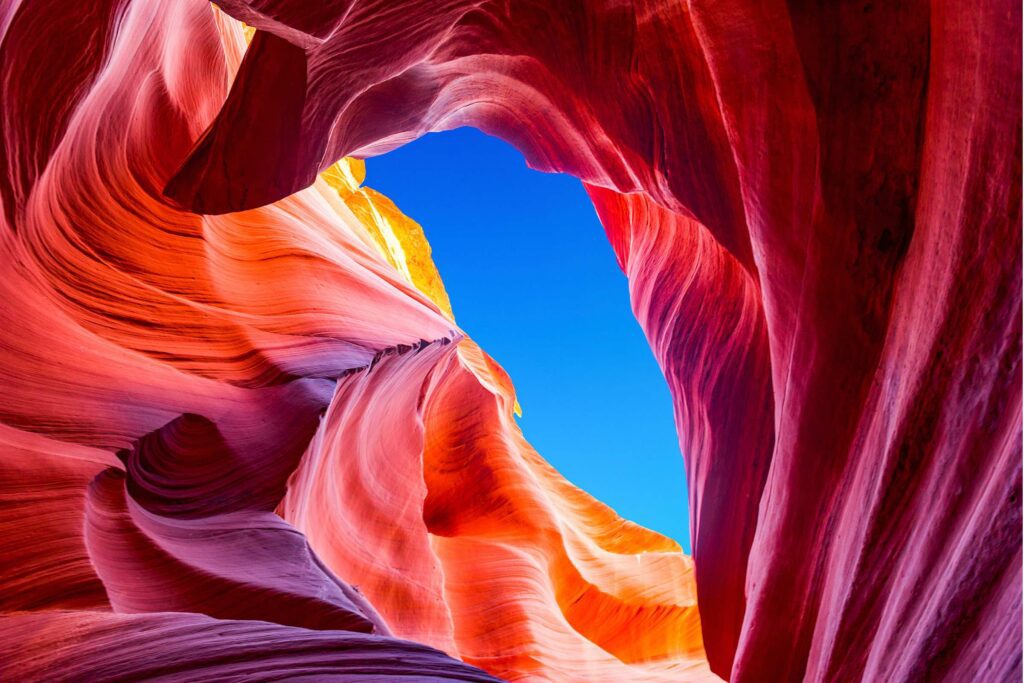


1. Antelope Canyon, Arizona, US
A shaft of light dramatically coming through the slot canyon and you’re standing amid swirls of red sandstone and rock walls. A religious person might say God himself designed this set piece in a long, narrow canyon just for you; an agnostic might attribute it to the hundreds of millions of years of nature putting itself in order. Located on Navajo Land in Arizona, the Antelope Canyon got its color from iron oxides deposited on sand grains through millions of years. DIY tours are not allowed, but there are four hikes to choose from requiring a Navajo guide. Tours are limited and a reservation of six months in advance is recommended.
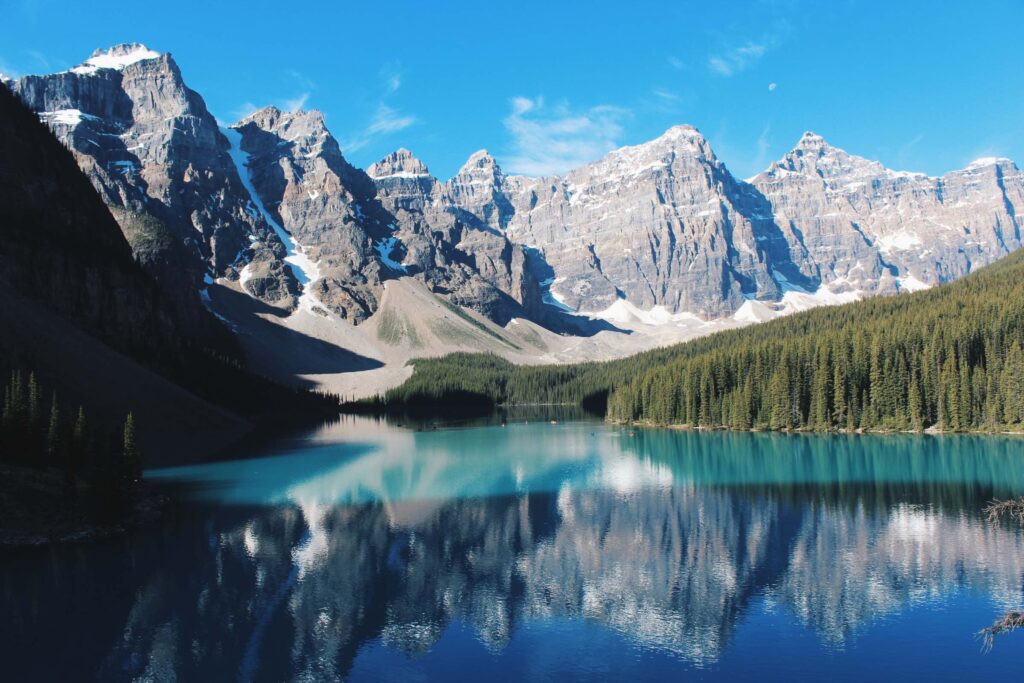


2. Banff, Alberta, Canada
Many years ago, I went on a road trip with friends through one of Canada’s coldest and most beautiful provinces. It was, more than anything else, a nature trip. Alberta has more than 600 lakes and several national parks. The Canadian Rocky Mountains are located in Alberta and British Columbia, and Banff has a front-row seat. Driving to Banff from Calgary, you have the rocky mountains in front of you and picturesque landscapes all around. Banff is great for hiking, mountaineering, camping, winter sports, and just soaking in a hot-springs pool with the Canadian Rockies all around you. It’s also the destination for students of the Mesozoic Era or the Age of Dinosaurs with one of the world’s biggest dinosaur museums, the Royal Tyrrell Museum, located northeast of Calgary.
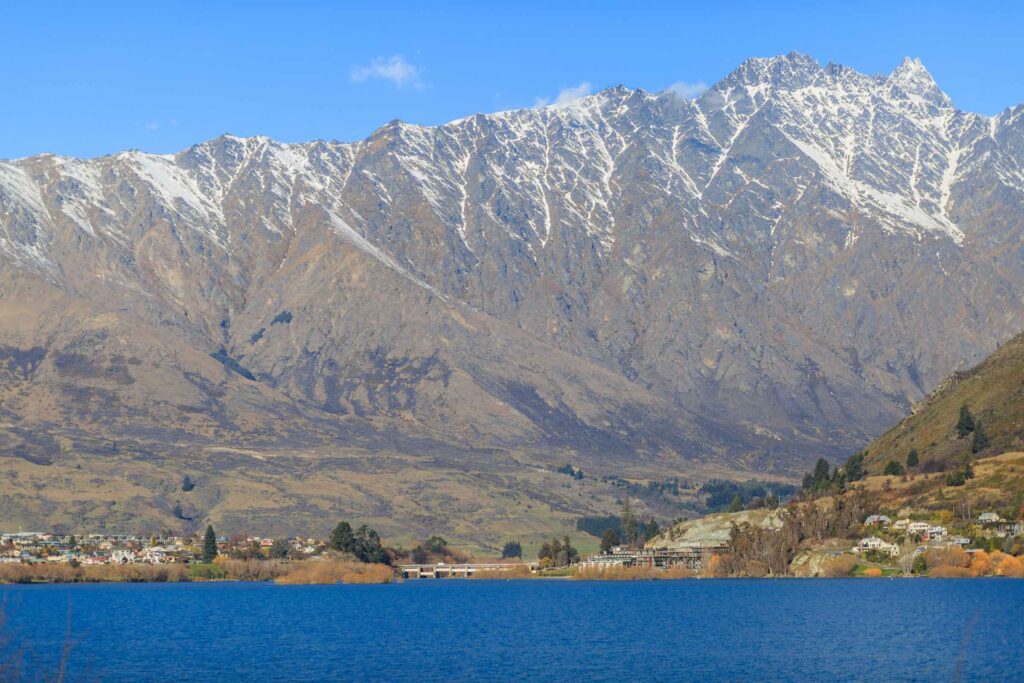


3. Queenstown, Otago, New Zealand
Known as the Adventure Capital of the World, Queenstown is home of the world’s first commercial bungy jumping. When you’re on Kawarau Bridge, you’d be forgiven for saying (like I did), “Who was the first fool that thought this activity was fun?” Well, it turns out that 38,000 people bungy jump from this bridge each year. So you google: How many people die from bungy jumping each year? An average of 1.5 globally. Compare that to 1.3 million deaths from car accidents, those are pretty good odds.
There are slower ways to enjoy Queenstown adventures than hurling from 141 feet in a few seconds. You can hike, climb, or ski on its mountains; do whitewater rafting or go on a cruise to explore coves and enjoy the mountain landscapes from the water. Or you can go on a Lord of the Rings tour and pretend Viggo Mortensen’s Aragorn is your guide. (Yes, do it for Frodo.) Arrowtown also has artist’s studios, art galleries and an art trail. If you want a slower activity, grab a beer and just enjoy the landscapes from the town center as the sun sets behind the mountains.
Architecture Cities
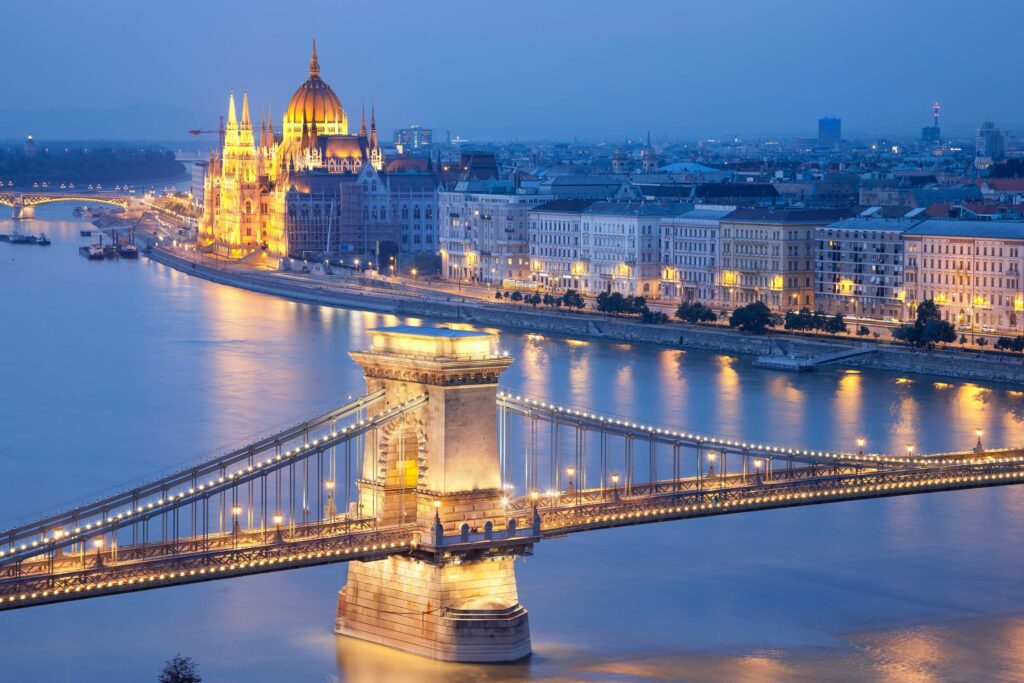


4. Budapest, Hungary
Budapest is a city I will never tire of visiting. For the large part because of its architecture; the other part is its ruin bars and hopping nightlife! Everywhere you look, you’re schooled in architecture history, from Neoclassical to Romanesque, Gothic, Renaissance, and Baroque Revival. This display of styles can be appreciated standing on the banks of the beautiful Danube River looking at the Parliament Building or Buda Castle. Some Airbnbs are in historical buildings too, and many of its thermal baths have jaw dropping architecture like the popular Szechenyi Bath.
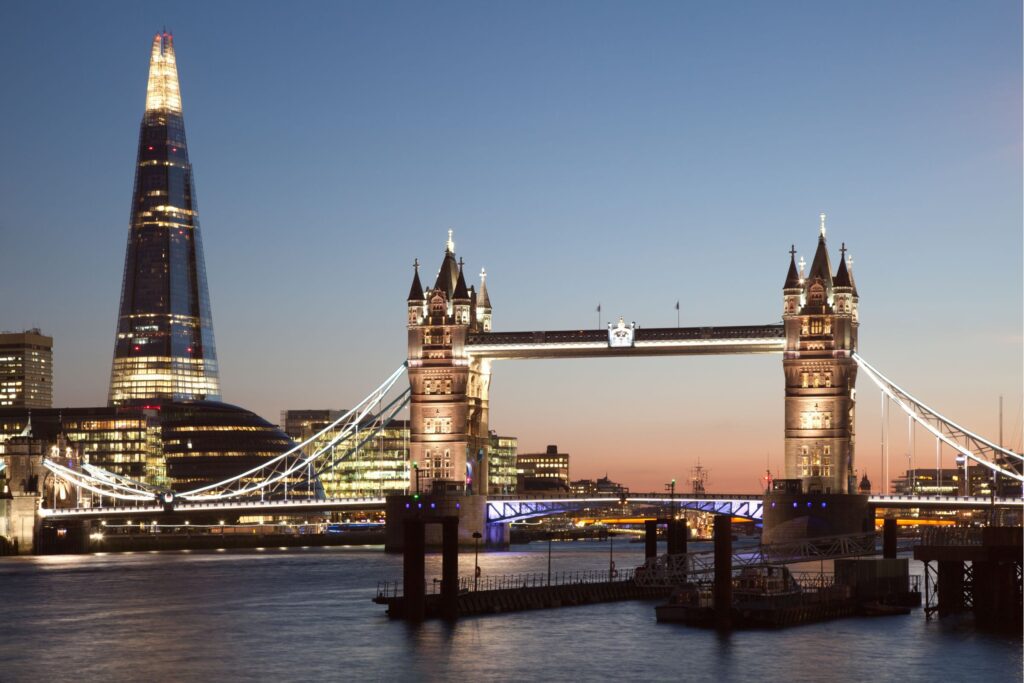


5. London, United Kingdom
London’s architecture is amazing as it mixes historical periods with modern styles. You’ll get a stiff neck looking up at all the buildings throughout the storied city. We’re talking about the world’s most famous architects leaving their marks. In the 20th century, Renzo Piano’s elegant tapering building The Shard building was built, as well as Norman Foster’s The Gherkin (lesser known by its official name 30 St. Mary Axe). Both buildings were met with disdain when they were unveiled but are now beloved landmarks (just like Gustave Eiffel’s tower in Paris). Further back is Christopher Wren’s St. Paul Cathedral, which took 35 years to complete (1675 to 1710), Charles Barry’s Houses of Parliament sitting on the River Thames, and Horace Jones’ Neo-Gothic Tower Bridge.
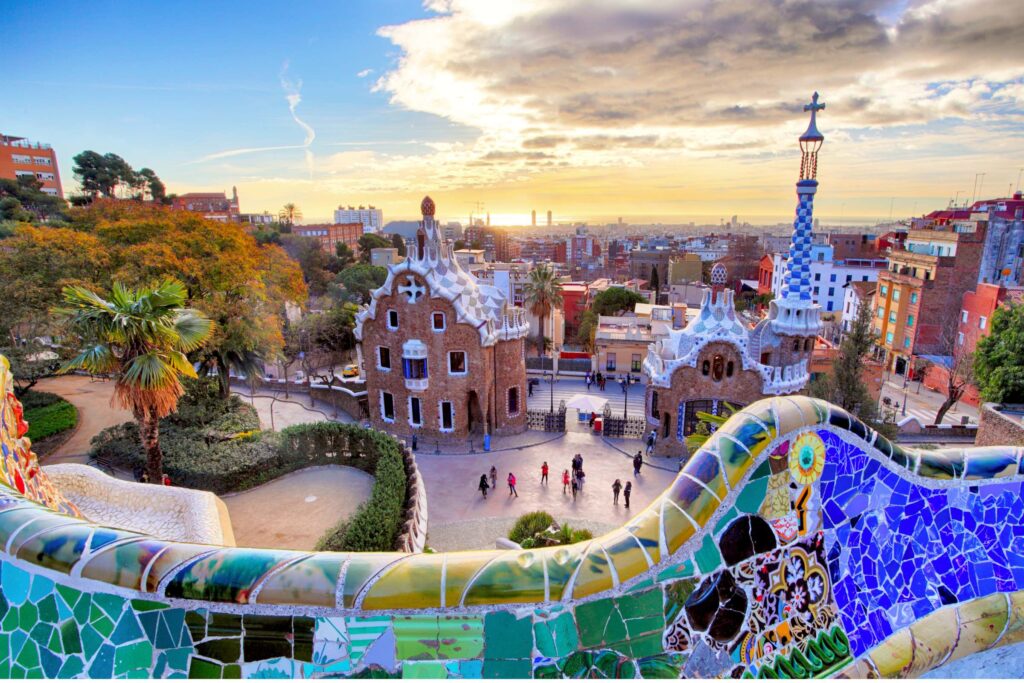


6. Barcelona, Spain
Smaller than Paris, London and New York, Barcelona has nine UNESCO World Heritage Sites and seven of these are the works of one architect: Antoni Gaudi. Barcelona is a city between sea and mountains—and hoem to some of the wildest architecture built in their time (with one still being built, Gaudi’s Sagrada Familia).
Among Gaudi’s buildings not to be missed is Casa Batllo, which was set to be demolished until Gaudi restored it and turned it into a masterpiece. It’s modernist in the broadest sense of the word, but it actually makes more sense to just describe it as “Gaudi style.” And, of course, there’s his Sagrada Familia, which he started to work on in 1883 in Gothic and Art Nouveau styles, taking over the design a year after it was started. As much as the exterior of the building is astounding with all its details, the inside of the church is even more so. You might actually see it finished in your lifetime as it’s slated to be completed in 2026. The best way to get around Barcelona and see Gaudi’s works is through hop-on, hop-off buses.

